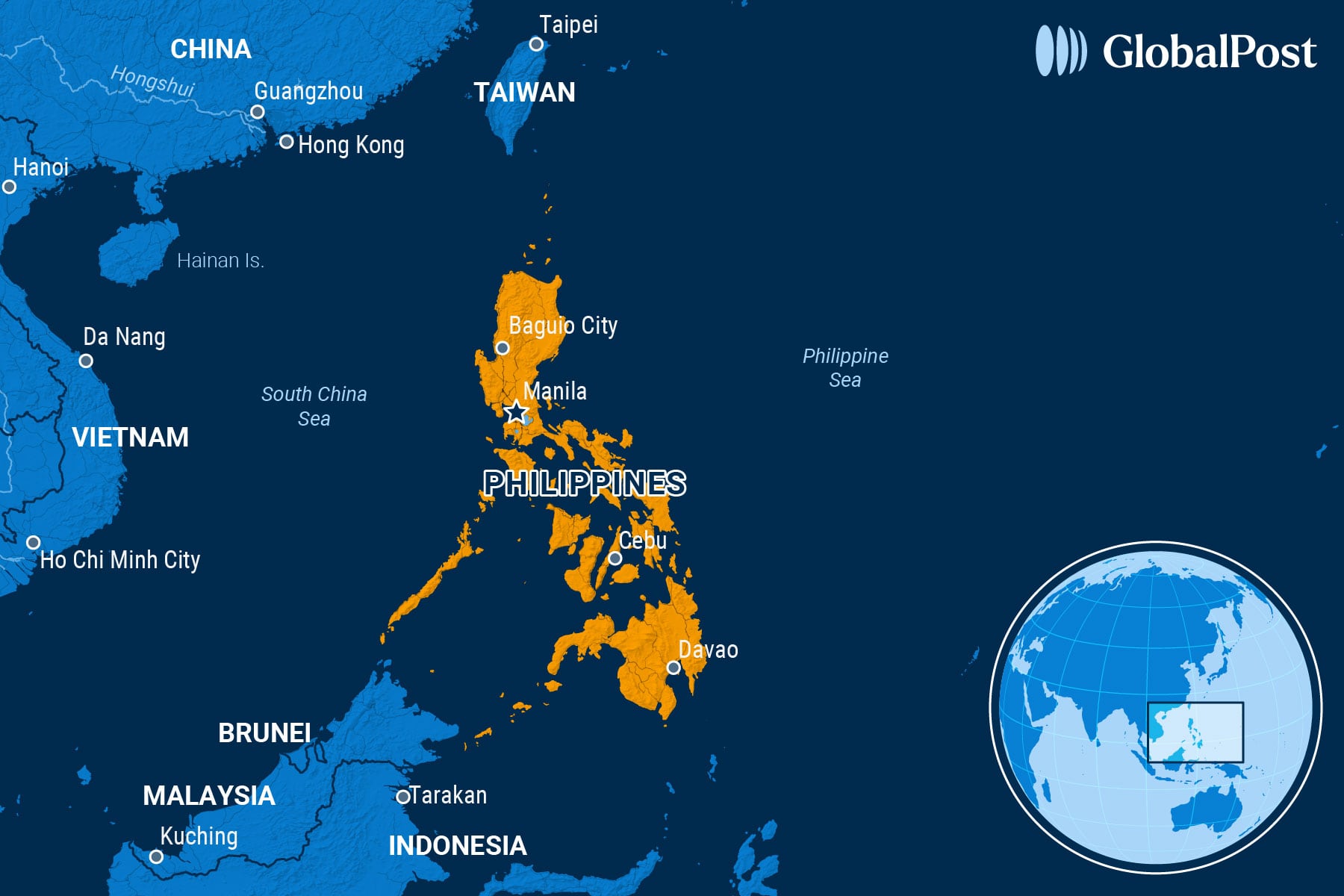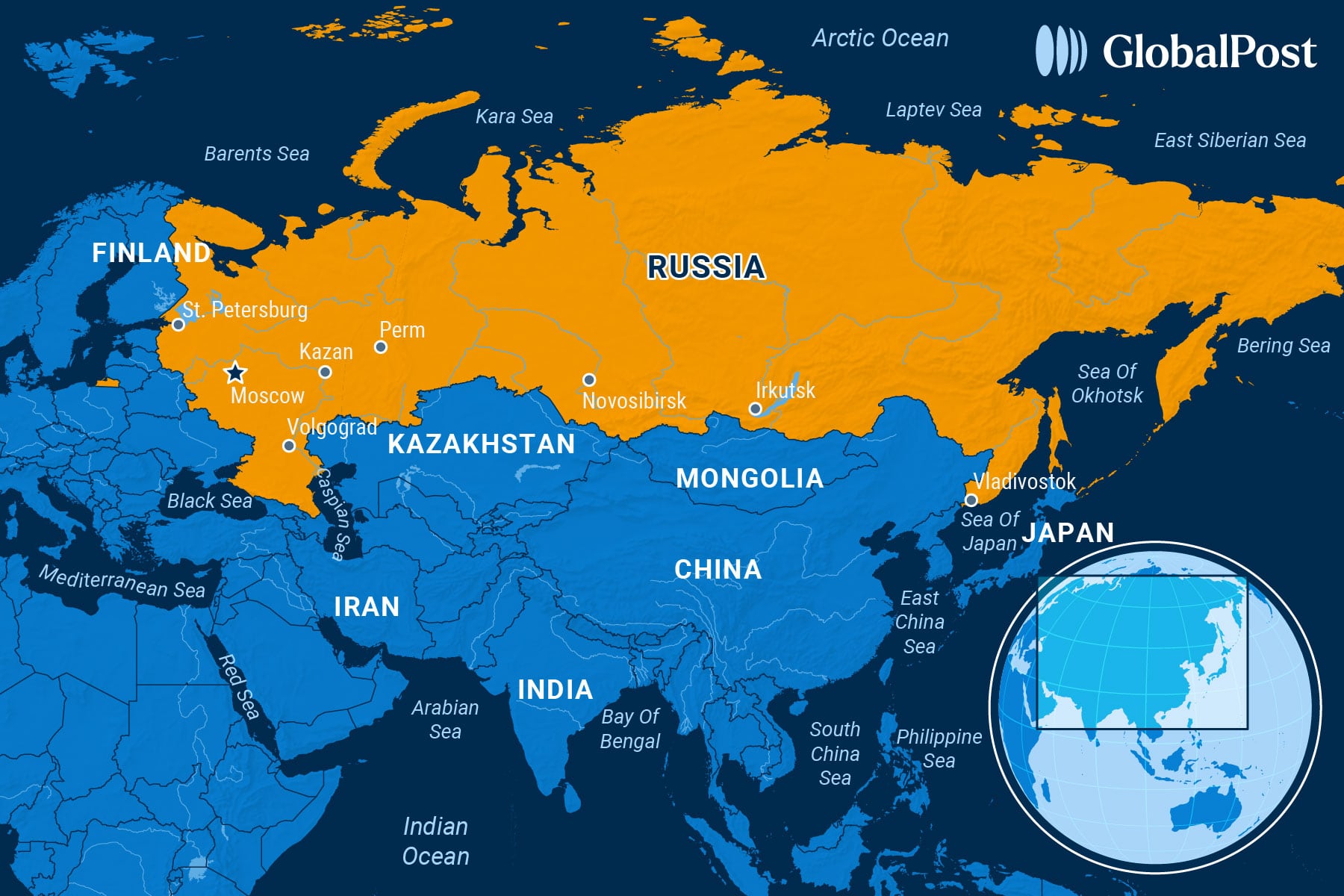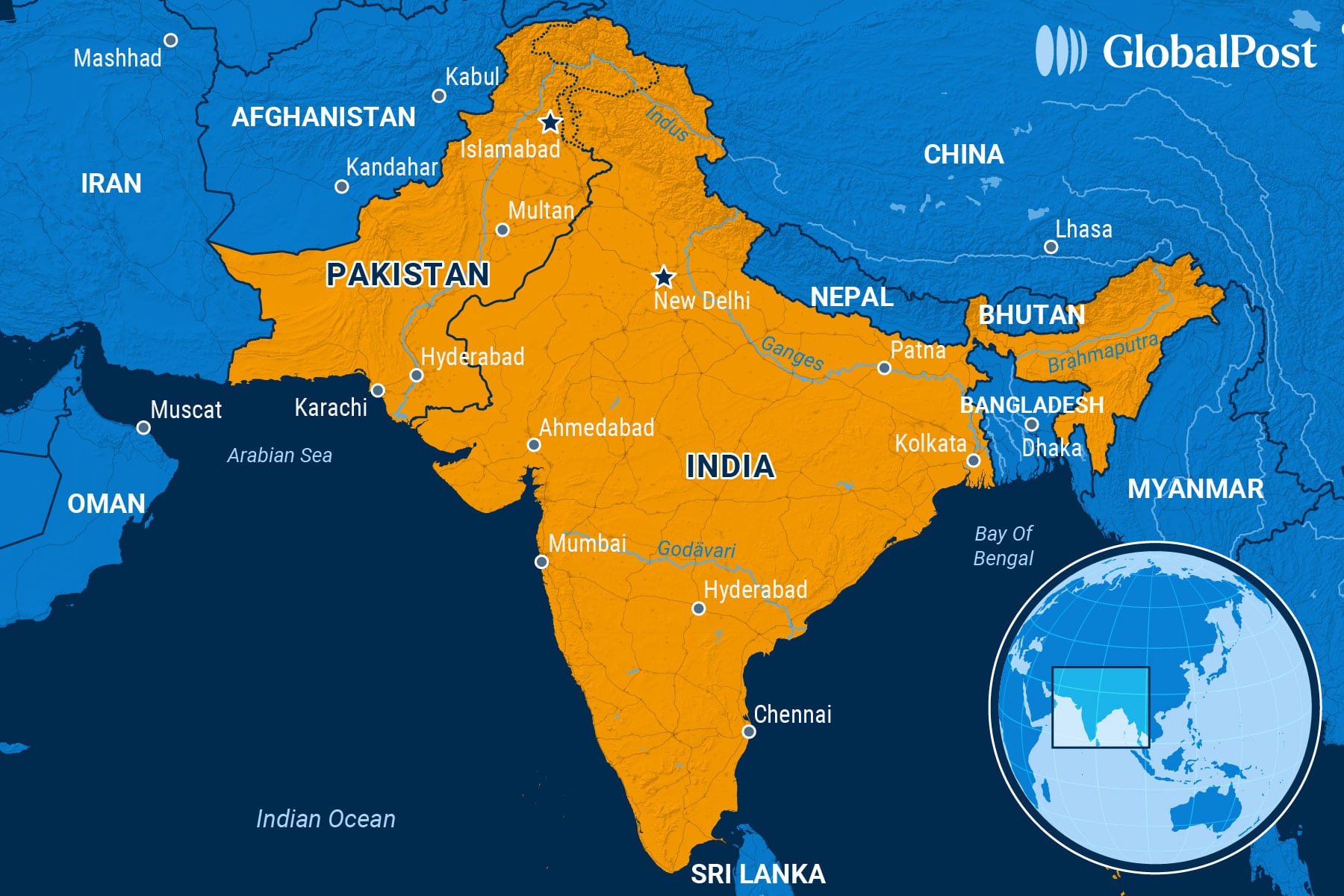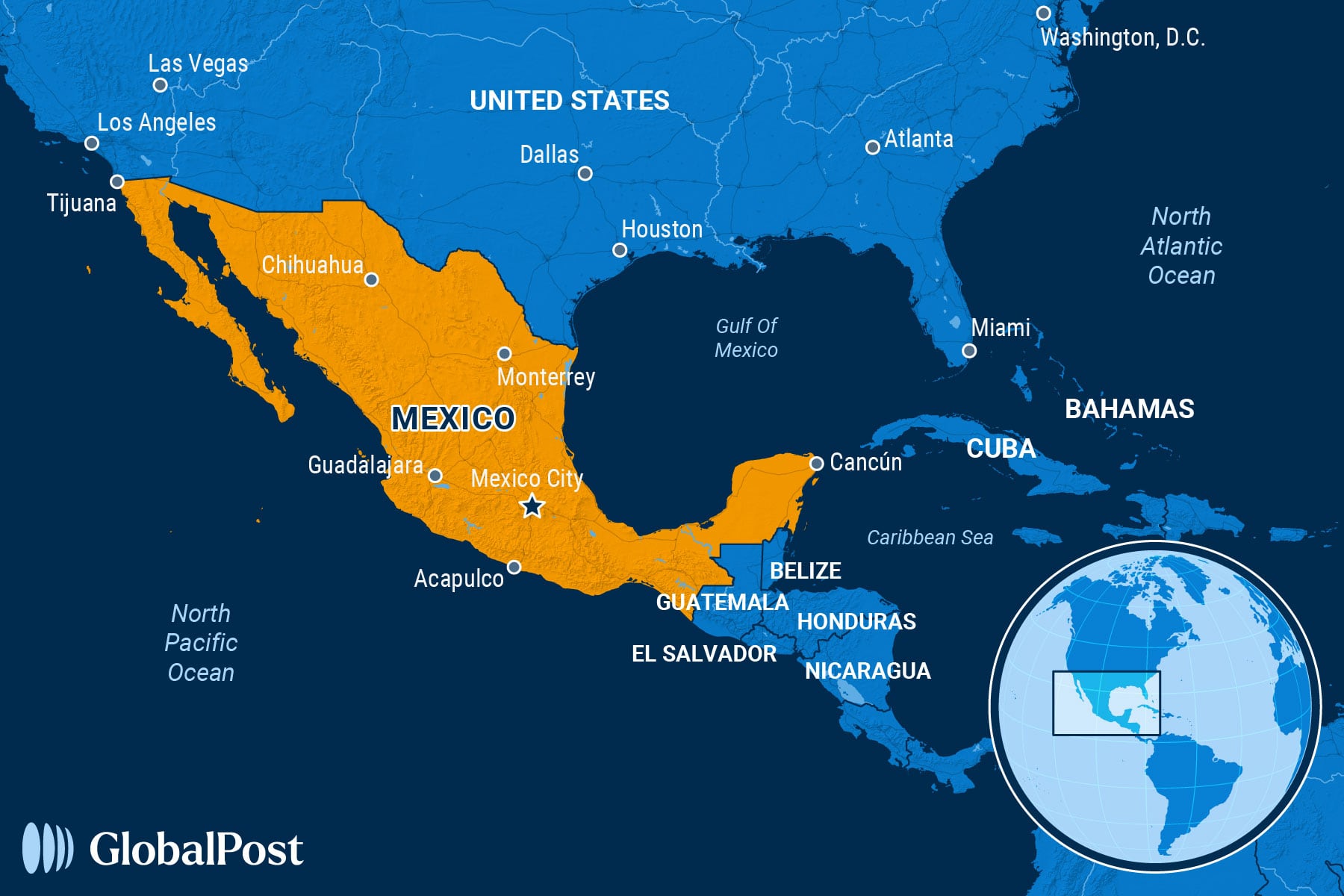Rough Seas: A Family Feud Divides Philippines as Voters Head to the Polls
NEED TO KNOW
Rough Seas: A Family Feud Divides Philippines as Voters Head to the Polls
PHILIPPINES

In March, when Filipino police arrested the country’s former president, Rodrigo Duterte, on an International Criminal Court warrant stemming from his alleged crimes against humanity while fighting drug traffickers, Duterte’s critics were overjoyed.
Amnesty International Secretary General Agnes Callamard called the arrest “a long-awaited and monumental step for justice” against “a deliberate, widespread and well-organized campaign of state-sanctioned killings.”
As Filipino voters prepare to head to the polls for legislative and local elections on May 12, however, many don’t share Callamard’s sentiments, noted Asia Nikkei.
In the East Asia Forum, La Trobe University law professor Kerstin Steiner, for instance, argued that political candidates affiliated with Duterte and his daughter, Vice President Sara Duterte – who was impeached in February by the lower house of parliament on corruption charges that included an alleged plot to assassinate current President Ferdinand “Bongbong” Marcos, Jr. and is currently awaiting trial in the Senate – still enjoy considerable support among Filipinos who hailed their tough-on-crime agenda.
Elected head of state in 2022, President Marcos, the son of the country’s former dictator Ferdinand Marcos, has continued many of Duterte’s harsh policies, World Politics Review said. But the Dutertes’ fall from grace led Bongbong to terminate his political alliance with the family and strike out on his own in a bid to consolidate power.
He might have made the smart move. Three billionaires, Manny Villar, Ramon Ang, and Ricky Razon, who control three political parties, have lined up behind Bongbong, reported the Rappler, a local Filipino news outlet founded by 2021 Nobel Peace Prize laureate Maria Ressa.
Still, Filipino politics has become increasingly polarized as a result of this jockeying. Catholic authorities even recently issued an appeal for calm amid a surge in deepfake images and videos, AI-driven scam calls, and other elements of misinformation campaigns that seek to erode the standings of candidates either backing the Dutertes or Bongbong’s alliance, according to the Vatican News service.
These internal disputes have big geopolitical implications. The Philippines, under Marcos, is again an important American ally in the cold war against China in the region after former President Duterte had pivoted toward closer relations with China. These days, the Filipino navy is constantly maneuvering in the South China Sea, for example, to block Chinese efforts to control small islands that could become important bases in the event of a war, Al Jazeera wrote.
Today, the US is ramping up military cooperation with the country. That cooperation, incidentally, has faced setbacks, like when a World War II-era boat sank before US and Filipino ships on naval exercises could blow it up.
Still, with drills also involving Australia, the United Kingdom, and Japan, analysts say that the US is trying to keep the pressure on China and deter acts of aggression. China, meanwhile, strongly opposes exercises involving US forces in or near the South China Sea or Taiwan, the island democracy which Beijing claims as a part of its territory.
“The Trump administration is trying to keep the pressure on China through its support to the Philippines,” Derek Grossman, a senior defense analyst at RAND Corporation, told the Associated Press. He added that it’s unclear “just how sustainable this commitment will be given that the Trump administration seems less hawkish on China than its predecessors.”
THE WORLD, BRIEFLY
Russia Offers Direct Peace Talks With Ukraine
RUSSIA

Russian President Vladimir Putin on Sunday offered direct negotiations with Ukraine later this week, an announcement that follows calls by Kyiv’s Western allies for an unconditional 30-day ceasefire and threats of additional sanctions, Al Jazeera reported.
The Russian leader proposed holding talks “without preconditions” with Ukraine on May 15 in Istanbul, Turkey. He said the talks would attempt to “eliminate the root causes of the conflict” and “to achieve the restoration of a long-term, lasting peace” rather than simply be a pause for rearmament.
Putin added that the two countries, at war since February 2022, could reach a ceasefire during the Istanbul talks.
His offer came hours after Ukrainian President Volodymyr Zelenskyy met with the leaders of France, Germany, Poland, and the United Kingdom in Kyiv, where they jointly called for a ceasefire to begin Monday – a proposal also endorsed by US President Donald Trump.
Kyiv’s allies threatened “massive” new sanctions on Russia if it did not agree to their plan. Putin rejected the proposals and warnings as “ultimatums” and “anti-Russian rhetoric” before offering direct talks.
Zelenskyy welcomed the offer as a “positive sign,” but reiterated that peace talks can only begin once Russia implements a “full, lasting, and reliable” ceasefire. US officials echoed that position, saying talks must follow an unconditional pause in fighting.
However, European leaders were more skeptical of Moscow’s overtures, with French President Emmanuel Macron saying it’s “not enough,” and warning that Putin is “looking for a way out, but he still wants to buy time,” the Associated Press added.
Meanwhile, Turkey told both French and Russian leaders it was ready to host the peace talks.
The attempts at a ceasefire come as the war continues in its third year, and attempts to stop the fighting have stalled despite the Trump administration’s efforts to end the conflict.
The US has threatened to walk out of the talks if Russia and Ukraine do not reach a ceasefire soon, with analysts noting that the warring parties have blamed each other for failing to reach an agreement.
Ukraine has long pushed for a 30-day ceasefire, although Russia has rejected it, citing “nuances” that need to be addressed first, CNN wrote.
So far, the Kremlin has offered few concessions and has insisted on conditions for peace, including that the US recognize Russia’s control over about one-fifth of Ukraine’s territory.
India-Pakistan Ceasefire Holds After Days of Fighting
INDIA/ PAKISTAN

India and Pakistan continued to observe a ceasefire overnight into Sunday, following four days of intense cross-border fighting that marked the worst military confrontation between the two nuclear-armed rivals in decades, BBC reported.
On Saturday, the two neighbors reached a US-brokered agreement that ended days of drone, missile, and artillery strikes that killed nearly 70 people. The clashes erupted after a militant attack on Hindu tourists in the Indian-administered part of Kashmir on April 22 that India blamed on Pakistani-backed militants. Pakistan denies involvement.
Both countries confirmed the ceasefire over the weekend, but hours after its announcement, they accused each other of violations, with explosions reported in Srinagar in the Indian-administered territory and other border areas.
The Indian army recorded 21 civilian deaths from Pakistani shelling, while Pakistan said Indian strikes had killed 36 people.
However, fighting had largely subsided by Sunday morning, with residents in various cities returning to the streets and power restored in most Indian border areas. Even so, authorities in some regions warned civilians not to return due to safety concerns, Reuters added.
US officials praised India and Pakistan for halting hostilities and confirmed that both nations agreed to talks at a neutral site.
Indian authorities said the agreement reflected a shared interest in stability, while Pakistan’s Prime Minister Shehbaz Sharif called the truce “for the benefit of everybody.”
India and Pakistan have fought two wars over Kashmir and maintain a heavy military presence in the region. Tensions had been building for weeks ahead of the April 22 attack, with India already threatening water supply disruption and border closures.
Pakistan reiterated that any lasting resolution must include the “inalienable right to self-determination” for Kashmiris.
Mexico Sues Google Over Gulf Name
MEXICO

Mexico filed a lawsuit against Google over its decision to rename the Gulf of Mexico as the “Gulf of America” on its Maps platform for US users, the government announced over the weekend, following mounting tensions over a move prompted by an executive order in January by US President Donald Trump, the Guardian reported.
Mexican President Claudia Sheinbaum announced the lawsuit against the tech giant on Friday, offering few details.
The announcement comes a day after the US House of Representatives passed the “Gulf of America Act,” to codify the name change for federal agencies. The bill’s approval comes months after Trump signed an executive order renaming the Gulf of Mexico to the Gulf of America on his first day in office.
Following the order, the US Geographic Names Information System (GNIS) made the change official. Google followed suit by updating the name of the area on its Maps platform.
Mexico warned in February that it would pursue legal action if the company did not reverse its decision, citing diplomatic and territorial concerns.
But the company responded that the decision is part of its long-standing practice of applying name changes when they are updated in official government sources, according to the Hill.
In her announcement, Sheinbaum said the executive order only applies to the US portion of the continental shelf and accused Google of exceeding that scope by changing labels for areas under Mexican and Cuban jurisdiction.
According to the database Sovereign Limits, Mexico controls 49 percent of the Gulf, while the US controls 46 percent and Cuba five percent.
Currently, Google Maps users in the US see the label “Gulf of America,” while those in Mexico see “Gulf of Mexico,” and international users see both names.
Observers noted it’s unlikely that the US bill will be approved by the Senate. Even if it were, other countries are not obliged to use the new name.
DISCOVERIES
The Alchemist’s Secret
Alchemists used to call the medicines they prepared “secrets.”
Today, they are called proprietary blends.
A new study offers insight into the secrets of one specific alchemist, Tycho Brahe. Known as an astronomer, he mixed not only medicines but also special elements.
Brahe’s observatory was located on the island of Ven in Sweden and dismantled after he died in 1601. Researchers from the University of Southern Denmark and the National Museum of Denmark analyzed five shards (four glass, one ceramic) found in the site’s old garden during digs around 1990. The shards likely come from the basement alchemical laboratory, explained Popular Mechanics.
The researchers cut through the shards to analyze their interior and identify 31 trace elements. They carried out the analysis with mass spectrometry, a technique that works by turning the sample’s molecules into charged ions. They found many elements that they expected, such as nickel, copper, zinc, tin, antimony, gold, mercury, and lead. They also found a surprise: tungsten.
“Tungsten is very mysterious,” study author Kaare Lund Rasmussen said in a statement. “Tungsten had not even been described at that time, so what should we infer from its presence on a shard from Tycho Brahe’s alchemy workshop?”
This question remains unanswered.
While tungsten can occur naturally in some minerals, Rasmussen also suggested that Brahe had his own secret substance to create medicines for Europe’s elite.
Tungsten likely first appeared in German chemistry and was classified as an element in the 1780s. Brahe’s concoctions were known to be influenced by German traditions.
“Maybe Tycho Brahe had heard about this and thus knew of tungsten’s existence,” said Rasmussen. “But this is not something we know or can say based on the analyses I have done.”
At the time, medicines were created in secret, and Brahe never shared his recipes. He was especially known for his complicated prescription for the plague, which could have included up to 60 ingredients, from snake flesh to copper and herbs. Now, researchers wonder if it also had tungsten.
